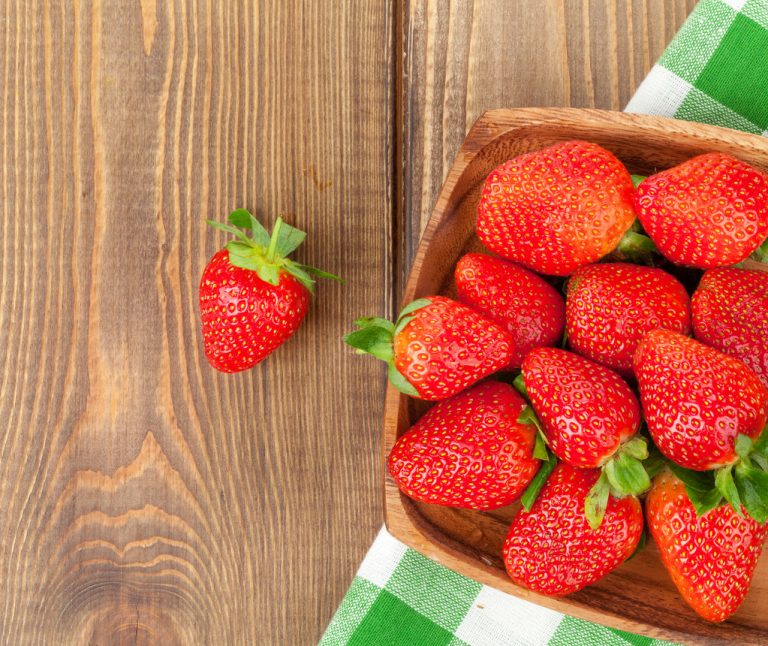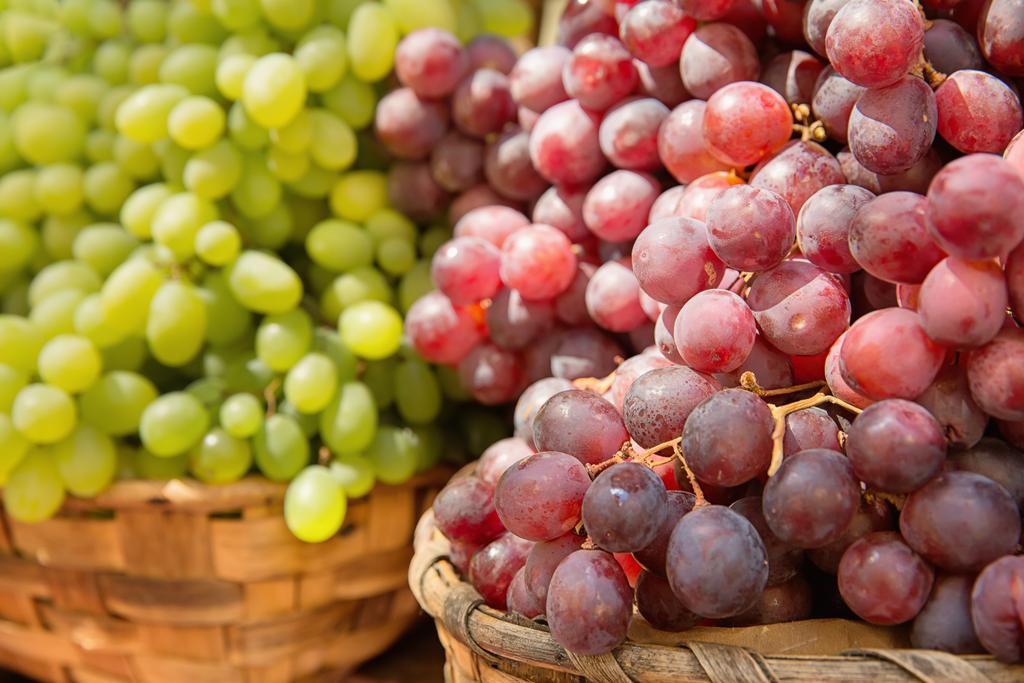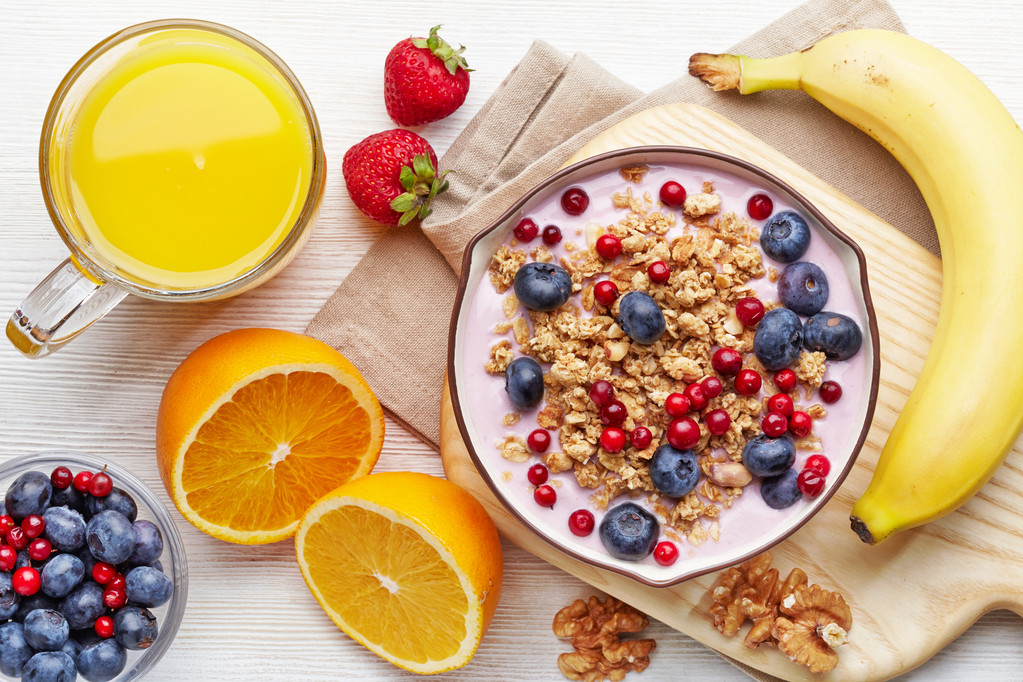More and more people are dealing with healthy eating for the sake of their health. But what does a healthy diet actually look like? EAT SMARTER explains.
Eating not only serves to satisfy our needs and maintain the functionality of our body but can also be a pleasure and connect people. However, when diet affects our weight, it can also become a test of patience. But what exactly is a healthy diet and how can it be delicious? We have taken on this major topic and collected everything you need to know about healthy eating.
What does healthy eating mean?
There is no uniform definition for this. First of all, the term “healthy” must be considered a little more closely. This means that the daily food intake should consist of foods that provide nutrients that the body needs to function daily. But the choice of food plays a decisive role here (more on this in Chapters 2 and 5). Overall, the menu should contain more plant products such as fruit, vegetables, or legumes than animal foods such as meat, milk, and dairy products. The choice of drinks is also part of a healthy diet. Other factors, such as getting enough exercise, contribute just as much to a healthy life as diet.

The combination of all these factors can also be described as a balanced diet. Balanced in the sense of a balance between the intake of the right amounts of essential nutrients and an overall healthy lifestyle that includes plenty of exercises, a healthy level of stress, and moderate consumption of stimulants (alcohol, cigarettes).
How does a healthy diet work?
- The topic “How do I feed myself properly?” is always controversial. While some prefer to rely on their own experiences and needs of the body, there are others who jump on every diet trend such as low carb or paleo. However, the German Society for Nutrition developed a good guideline for a healthy diet a long time ago. This includes ten rules, which we have summarized for you below:
- Use the variety of foods: There is a very large selection of foods that add variety to our diet and also replenish our nutrient balance. Because no food has all the nutrients. However, the majority of your daily diet should consist of plant-based foods. Animal products such as milk and meat are more likely to be seen as “side dishes”.
- Five times fruit and vegetables a day: The DGE recommends three portions of vegetables (about 400 grams) and two portions of fruit (about 250 grams) per day. Legumes such as beans and lentils are also included and, with their fiber, ensure a long-lasting feeling of satiety. Dried fruit can also replace a portion of fruit. However, this should be smaller because the calorie content is higher.
- Consume whole-grain products: Whole-grain foods such as pasta, rice or flour are significantly richer in fiber and nutrients than white flour products. Not only do they keep you full for longer, they also contain many more important nutrients such as minerals and trace elements. Potatoes that are not heavily processed (ready-to-eat meals such as French fries or rösti are not suitable due to their high-fat content) are also a very good source of carbohydrates.
- Animal products as a supplement: Animal foods such as sausage and meat products, fish as well as milk, and dairy products are to be seen as a supplement to the vegetable component of the diet and are particularly important for the vitamin B12 requirement. Dairy and dairy products such as cheese and yogurt should be consumed daily as they are an important supplier of calcium. Calcium is important for building bones and teeth. The DGE also advises eating fish once or twice a week because of the iodine and omega-3 fatty acid content. For weekly meat consumption, it should not be more than 300 to 600 grams of sausage and meat products (depending on the calorie requirement). Eggs should also be eaten in moderation.
- Prefer healthy fats: These are mainly found in plant products. Animal fats mostly contain saturated fatty acids, which can have a negative effect on our blood fat. In vegetable fats, there are more unsaturated fatty acids. These have many positive effects on our health. It is also important to pay attention to hidden fats, which can be found in sausage products, for example.
- Sugar and salt in moderation: Sugar not only has a high calorie content, but also no nutrients. Eating too much sugar increases the risk of diabetes and obesity. Sugar alternatives like dried fruit or honey can be a good alternative. Salt should also not be consumed in large quantities. The DGE advises no more than 6 grams per day since salt increases blood pressure and draws water out of the body.

- Drink plenty of water: Sufficient fluid intake every day is essential for maintaining the functionality of our body. The guideline for this is 1.5 to 2 liters per day. Water and unsweetened tea are particularly recommended here since sweet drinks such as soft drinks or fruit juices contain unnecessary calories, and a large amount of sugar and carry the risk of diabetes and obesity. Alcohol should also be consumed in moderation. The DGE recommends consuming no more than 10 grams of alcohol for women and 20 grams (equivalent to half a liter of beer or 250 milliliters of wine) for men per day. Daily consumption should be avoided, however, as this increases the risk of cancer.
- Gentle preparation: When preparing food, it is important to pay attention to a gentle and low-fat preparation method. Many vitamins and nutrients are water-soluble or heat sensitive. Important nutrients can therefore be lost if the water is heated up or boiled (e.g. potatoes). Gentle preparation methods such as steam cooking or steaming are to be preferred. High-fat methods such as frying should also not be used regularly.
- Eat consciously and mindfully: Enjoying the meal and being aware of what is being eaten is an extremely essential factor for a healthy diet. It is also important to take enough time to eat and eat the food slowly. Because only after 20 minutes does a feeling of satiety set in. So if you eat very quickly, you eat more food in the West. It is also beneficial to chew well so as not to make it too difficult for the stomach to digest.






